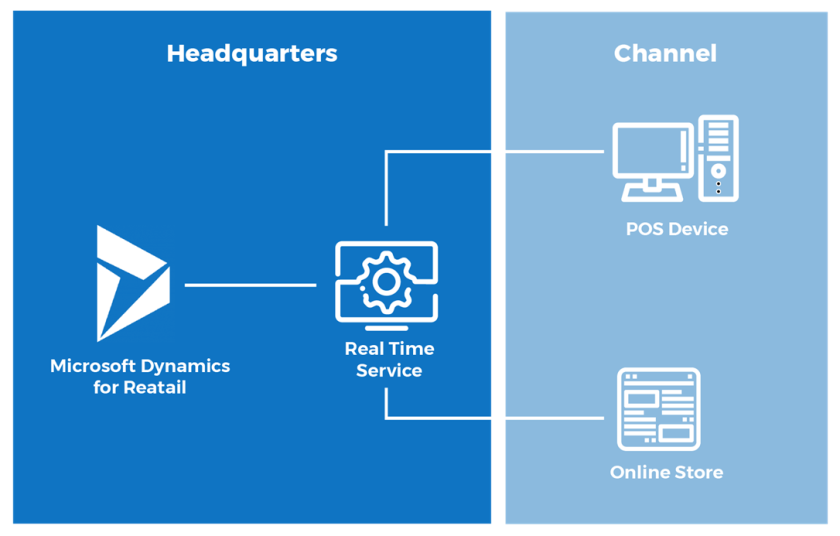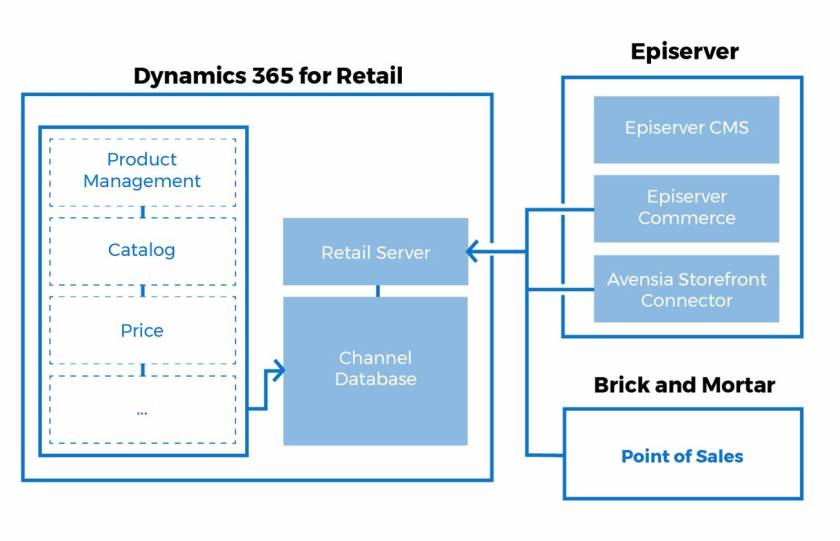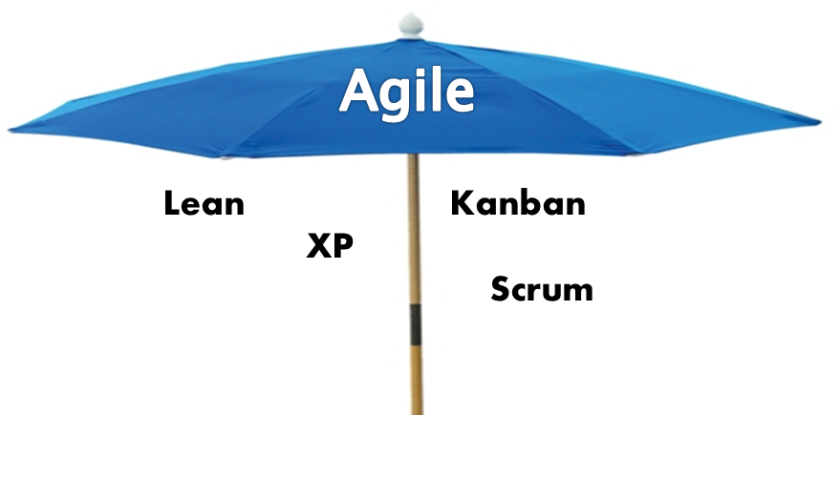Episerver Commerce and Microsoft Dynamics 365 for Finance and Operations (formerly branded Dynamics AX) are two of the global leaders in their respective Commerce and ERP fields. In this article, we’ll explore how we can integrate these platforms to empower businesses with full unified commerce solutions.
We’ll start with the fundamental reasons we would tackle such an integration as we explore the concept of Unified Commerce…
Unified Commerce
Most retailers use detached and sometimes completely disconnected applications to manage different aspects of their business from the Point of Sale (POS) in retail stores to their eCommerce shop. This results in duplicated data and processes across channels often introducing inconsistencies in pricing, promotions, inventory management, loyalty, CRM and just about every other aspect of running a successful business.
Some use complex integrations to manage the synchronization of data across these applications but that can be a less than efficient taking into account expensive builds and the cost of maintaining these integrations over time. It’s also a less than a scalable solution which can introduce new challenges over time as businesses mature.
The fact is that retailers are accumulating unprecedented amounts of data throughout their various online and offline channels. In order to streamline internal processes and provide customers with a seamless experience across online and offline channels, retailers are abandoning disconnected systems and moving to a unified commerce environment where online and offline experiences come together as retailers use in-store data to personalise experience across the web and vice versa.
The result is that customer experiences across brands improve. There are savings in the time and money being eaten up by integrations, the risk of errors are reduced while companies get the power and scalability of managing their data in one centralised place. In essence unified commerce transformations have the potential to streamline processes, reduce costs and increase channel revenues. To deliver unified commerce experiences we need integrate with the Enterprise Resource Planning systems (ERP’s) that retailers run their business on.
Explaining ERP’s
To understand what an ERP is, you need to take a step back to think about all the processes involved in running a business. With regard to an e-commerce shop alone there is stock/inventory management, pricing, loyalty, promotions, order and delivery management but then retailers also need software to manage human resources, accounting, staff and the list goes on. PIM (Product Information Management) is sometimes managed from within the ERP too.
The purpose of an ERP system is to provide an interface with one central source of truth for data across a shared database so various departments like IT, accounting, sales and Point of Sale staff can rely on the same up to date information.
Microsoft’s ERP sits within its D365 offerings.
Introducing Microsoft Dynamics 365 for Finance & Operations
The first release, formerly known as Microsoft Dynamics AX was in 2006 following on from an acquisition in 2004. Through the following decade, a number of upgrades were released. Then over 2016 & 2017 a major revision of the platform was released with a completely new UI delivered through the web browser. This was branded as Microsoft Dynamics 365 for Finance and Operations with an additional version more heavily customised to retail businesses branded as Microsoft Dynamics 365 for Retail.
Dynamics 365 for Finance and Operations consists of a collection of connected subsystems such as Catalog Management, Pricing, Promotions etc. It also includes an integrated PIM (Product Information Management) system.
Dedicated channels will typically be set up for offline retail and online stores. An abstraction of data relevant for the channel will be configured to be published via the “Real Time Service” to relevant channel databases.


At this point, it is important that we understand the Retail Server component from D365 for Retail at a high level.
Retail Server
Retail Server provides a set of services exposed via an API with encapsulated business logic for E-Commerce and Point of Sale (POS) clients. It is through these services with which we can build a unified commerce solution with Episerver.


While the Odata Web API layer exposes the services, the Commerce Runtime (CRT) is responsible for executing the channels business logic as per the configuration of that instance of D365 for Retail.
Data created by customers in the retail online channel are stored in the Dynamics Channel database using Dynamics Retail Server. Real-Time Service then imports them back into the headquarter database.
Delivering Unified Commerce with Episerver
To make this integration work there are two fundamental things we need to accomplish:
- Synchronize the Product Catalog between D365 for Retail and Episerver to up to date product data is displayed on the E-Commerce site
- D365 for Retail integrated Shopping Experience


Product Catalog Synchronization
The Avensia Storefront Connector is a licensed product which is an integration engine that integrates D365 for Retail with Episerver making features configured in D365 available in Episerver. Avensia also provides a Storefront starter site which can be set up to provide an e-commerce shop connected to a channel in the D365 for Finance & Operations demo environment.
Storefront comes with two core scheduled jobs. The staging job manages the fetching of category and product information from the Retail channel and staging it in a database. The second jobs manage the importing of this data into the Episerver Commerce product catalogue maintaining any hierarchical category, product and variant information.
Shopping Experience
Retail Server is called directly from the Episerver Commerce site pages to manage the cart and checkout process ensuring that all calculations are driven by the data and configuration set up in the channel database.
When a customer navigates to the product page we query Retail Server directly for pricing and stock real-time calculations.
As customers add products to their shopping cart, price and discounts are calculated with the cart being managed by Dynamics business logic. Dynamics is then used for all calculations as the customer progresses through the checkout flow setting delivery methods, payment methods and creating the order.
Data in order confirmation pages and emails would subsequently be pulled from the Order History Retail Server service.
Conclusion
EPiServer Commerce with Avensia Storefront provides the perfect platform to provide a fully integrated Unified Commerce solution on D365.
The power of EPiServer and additional products such as Perform, Campaign, Social and Insight can give brand managers the power to maximise the impact increasing revenues significantly when used properly.


